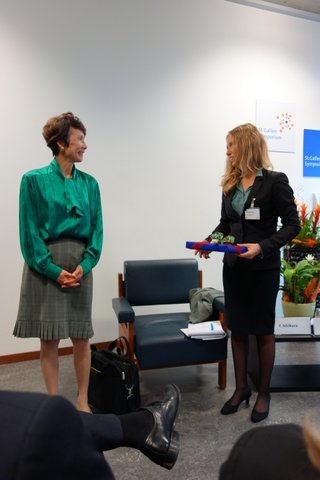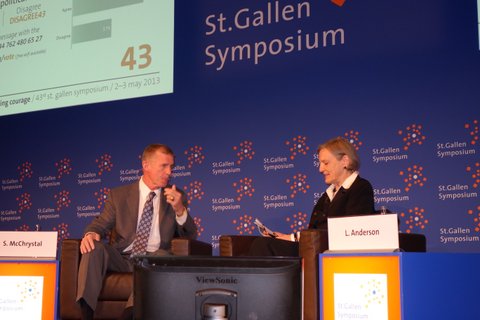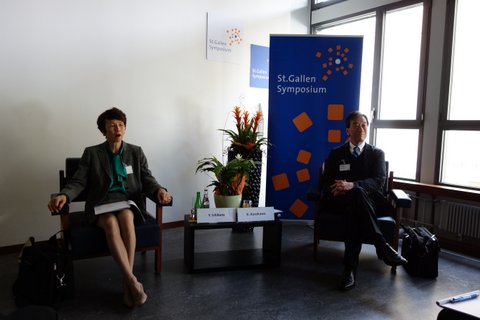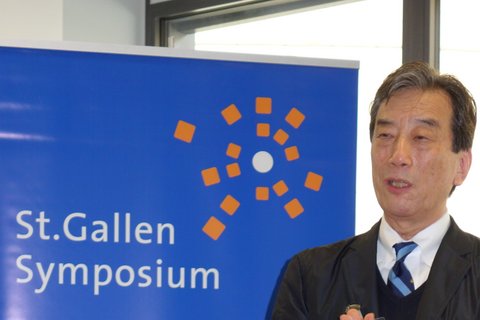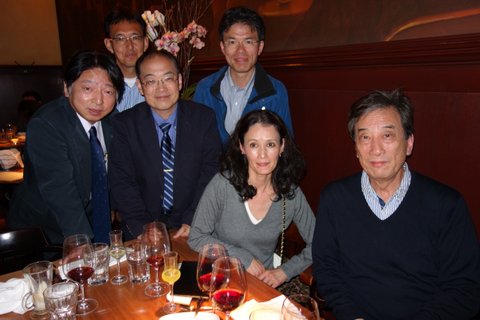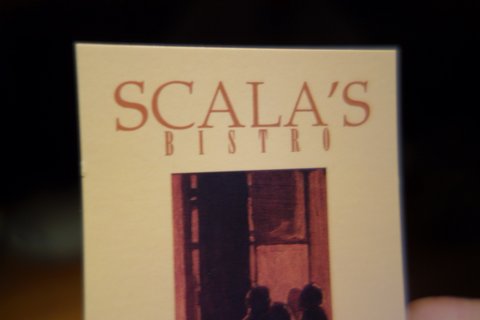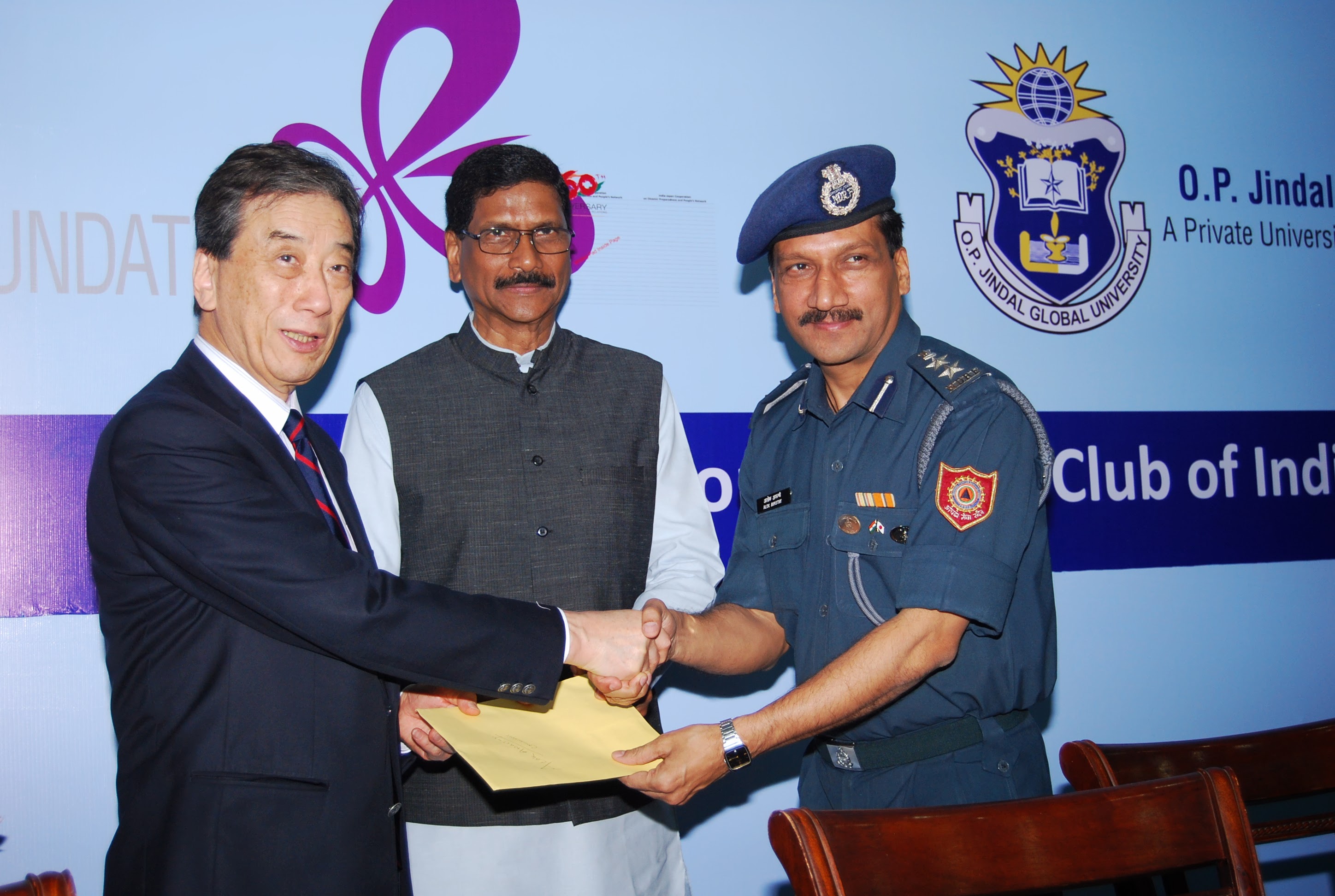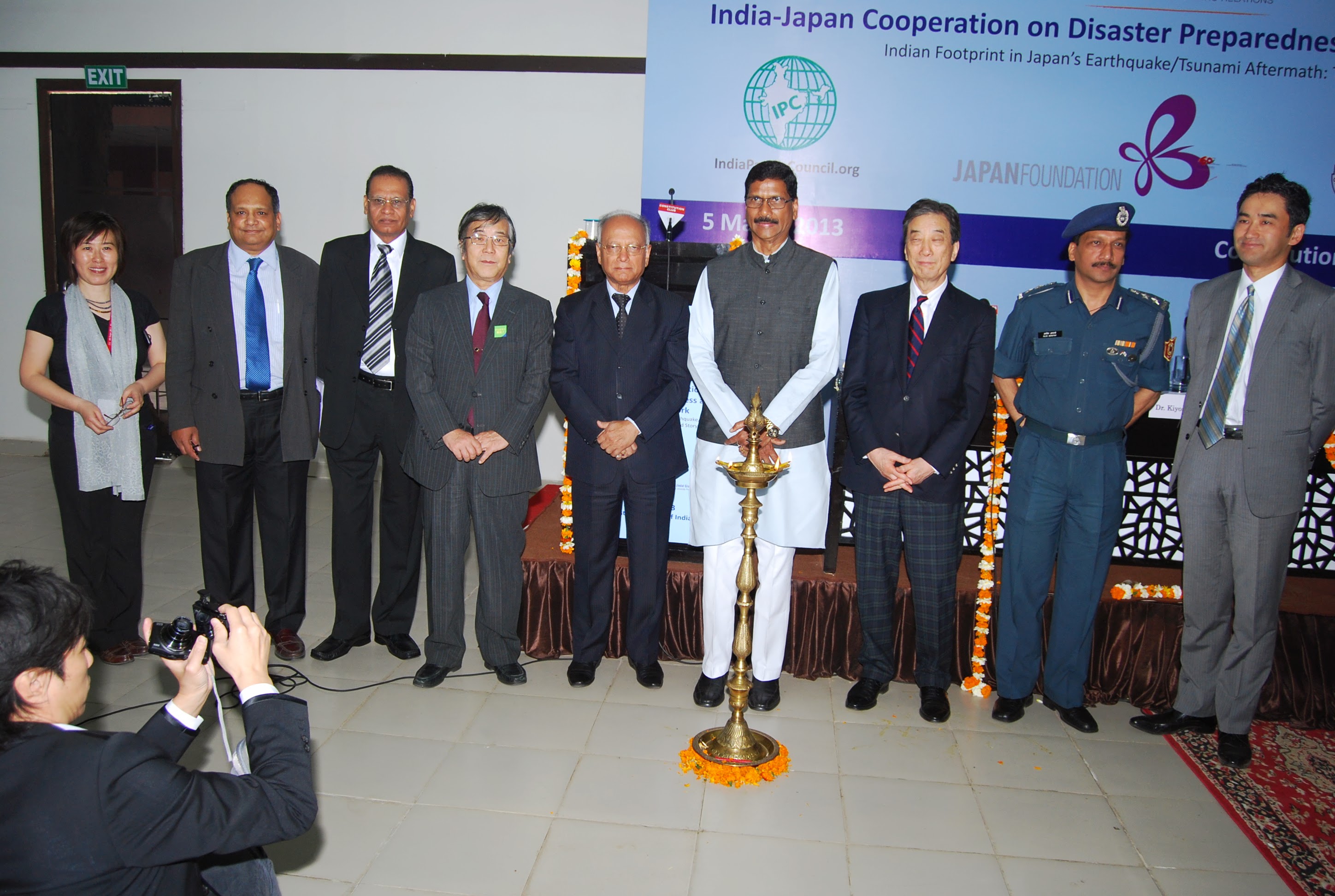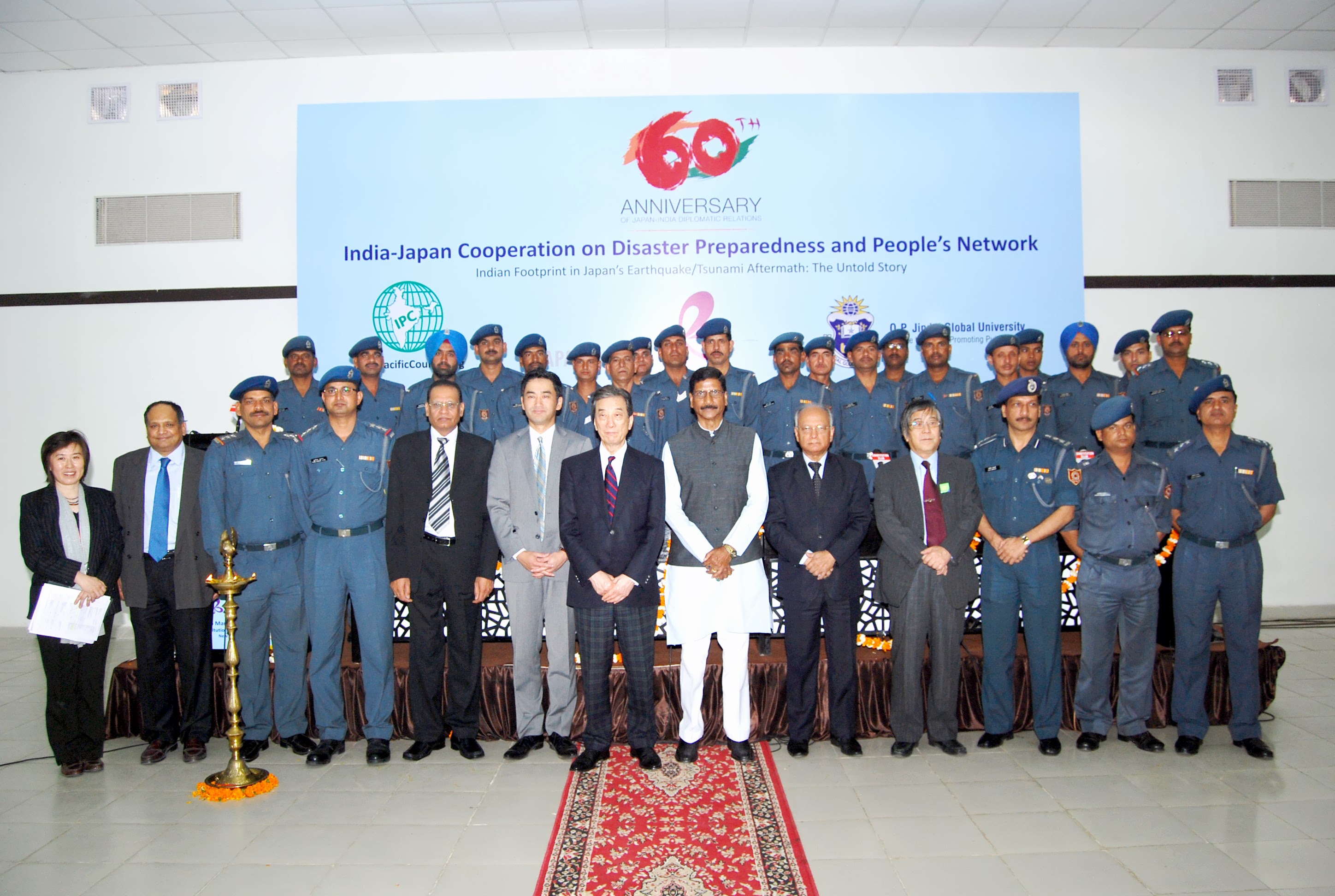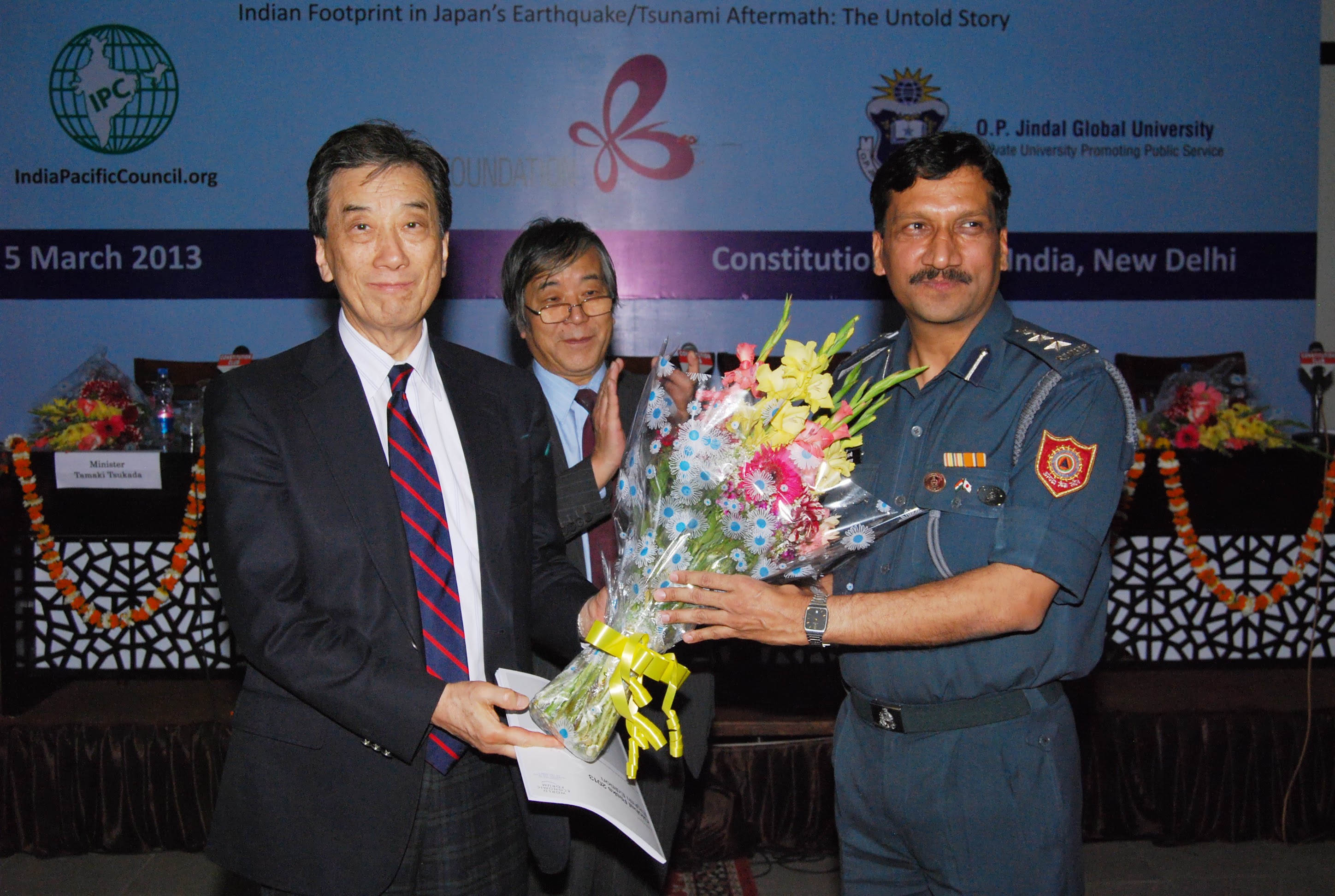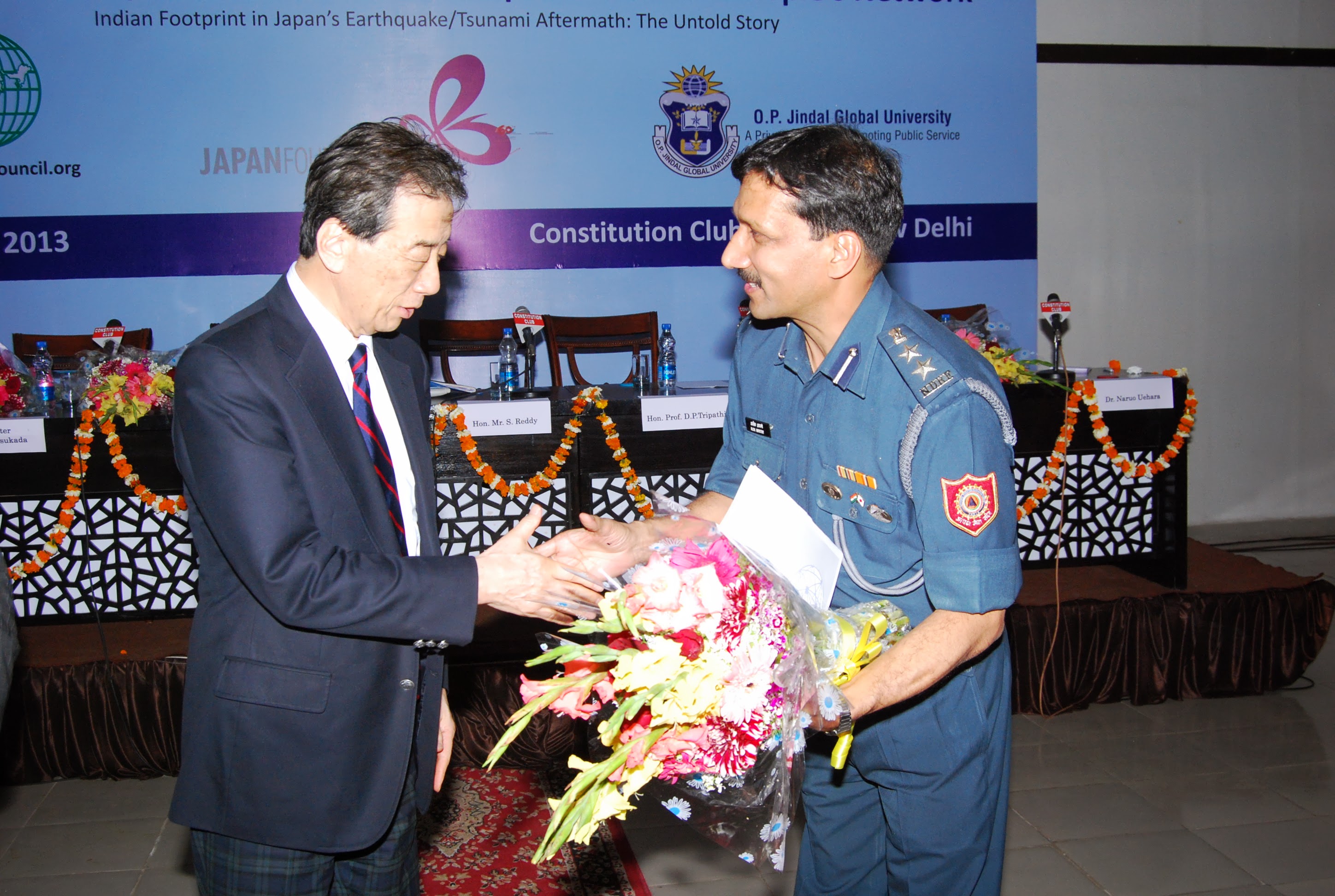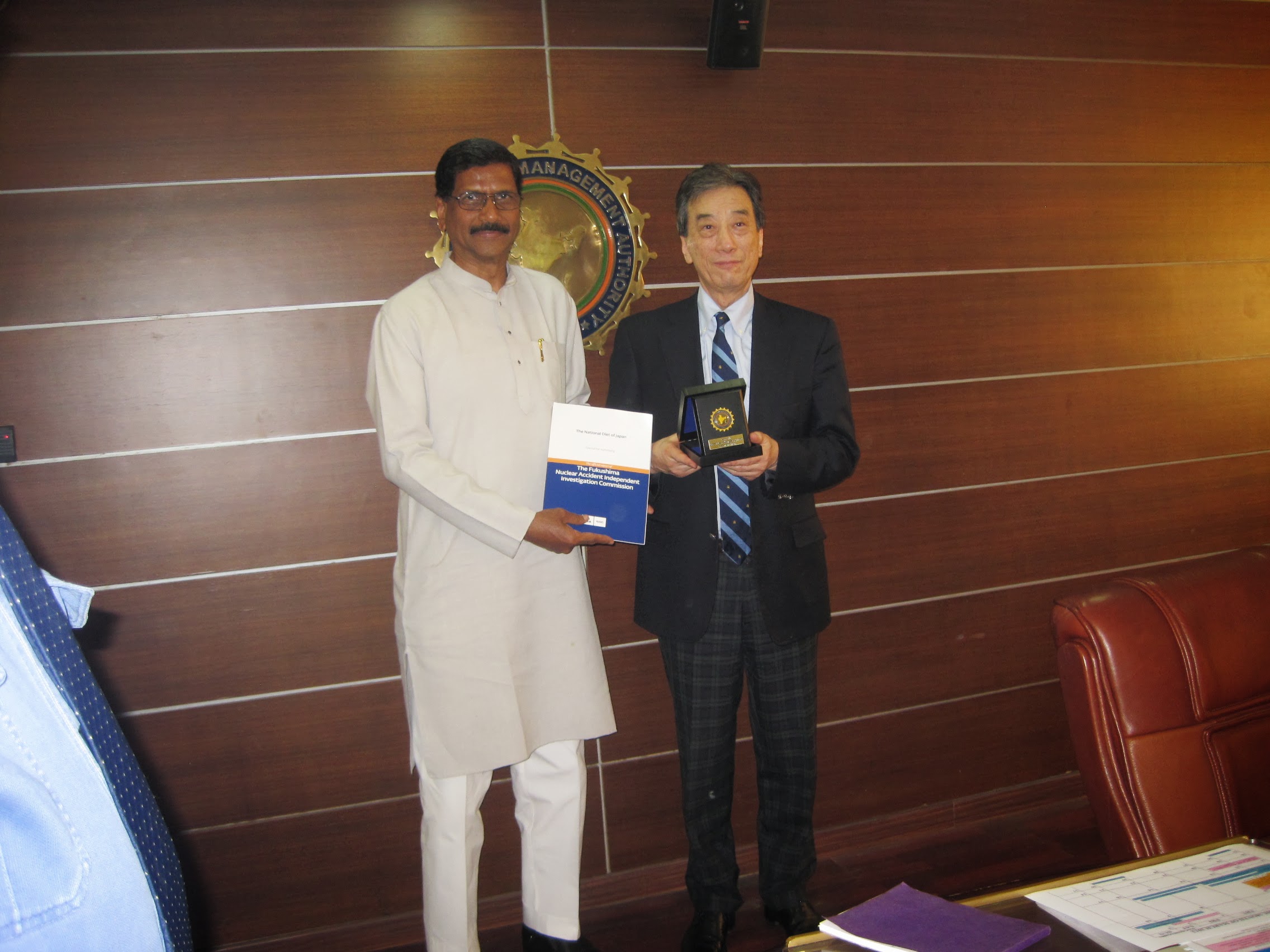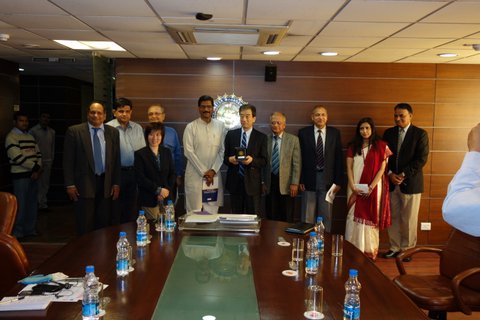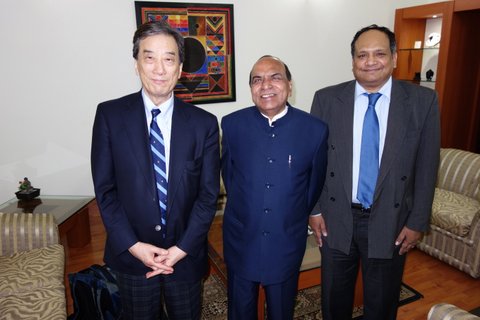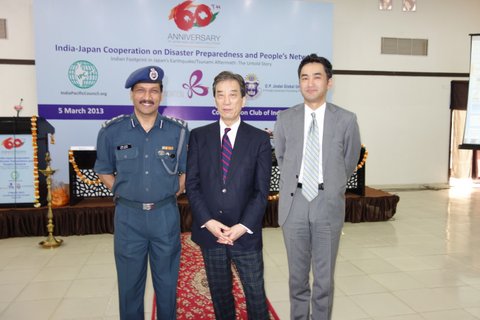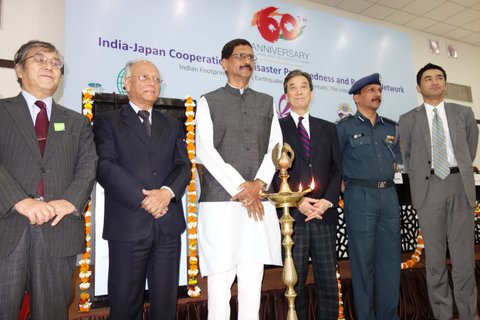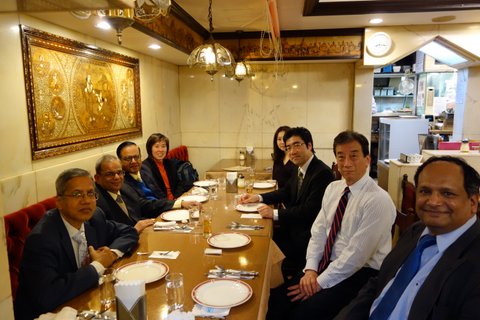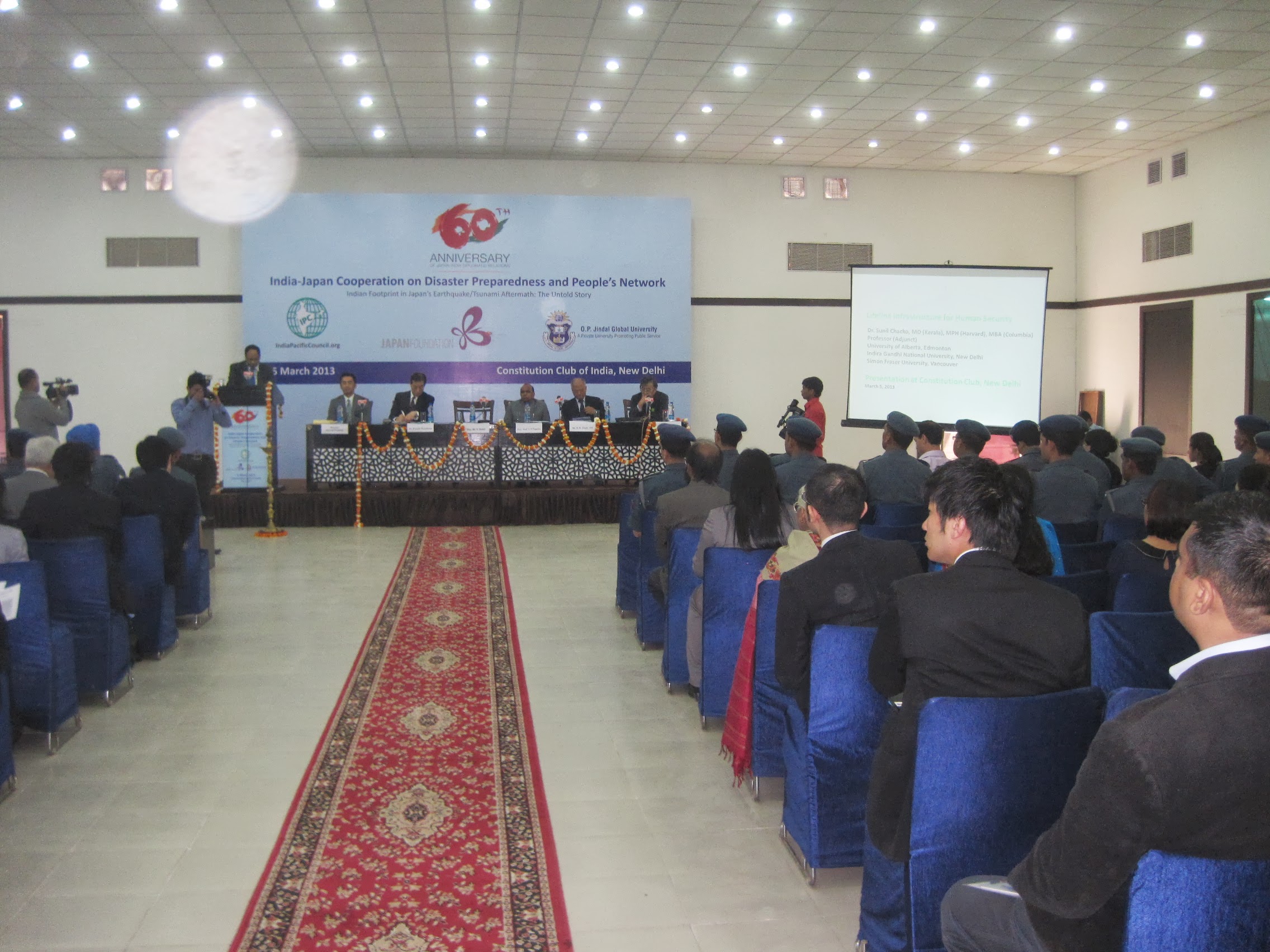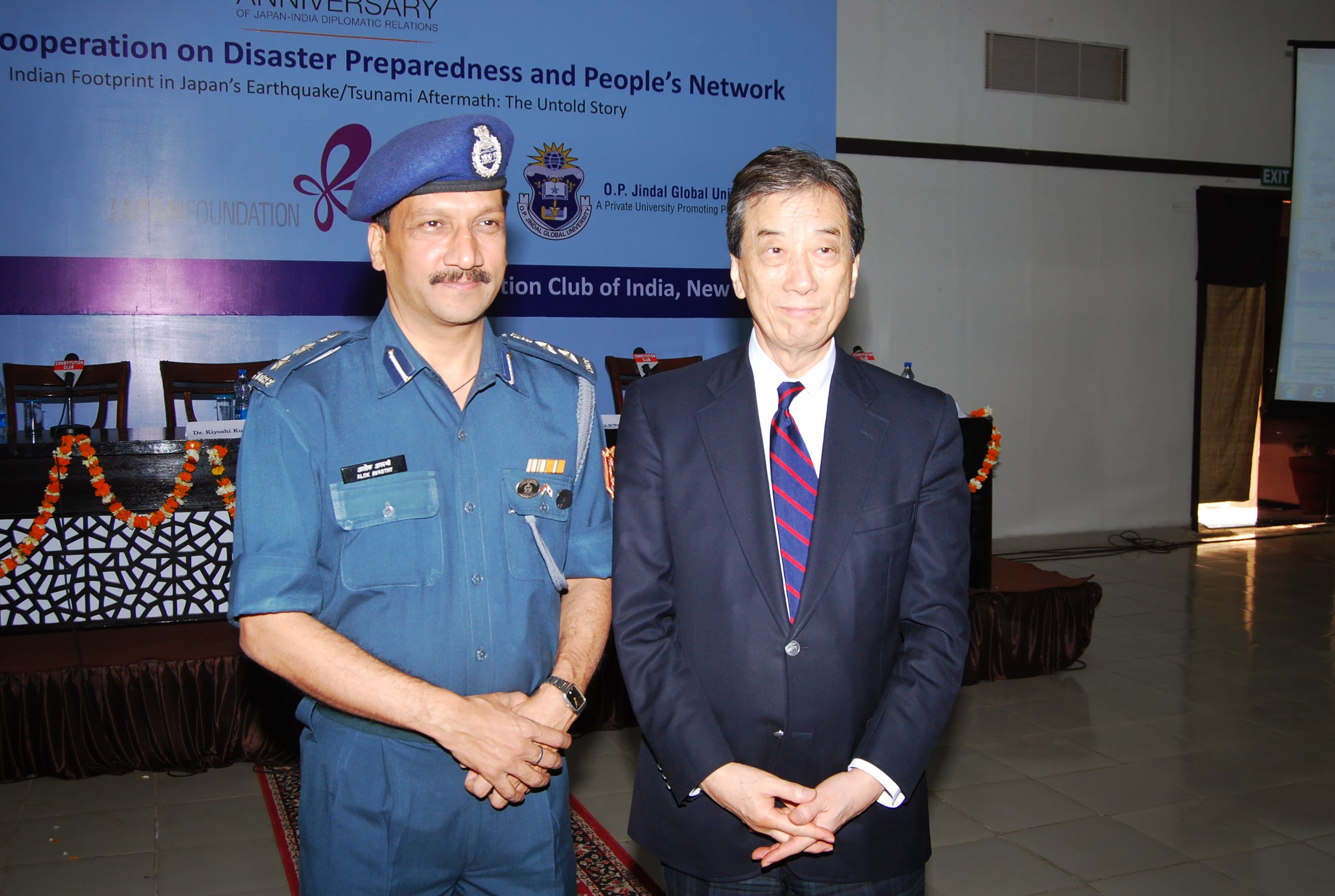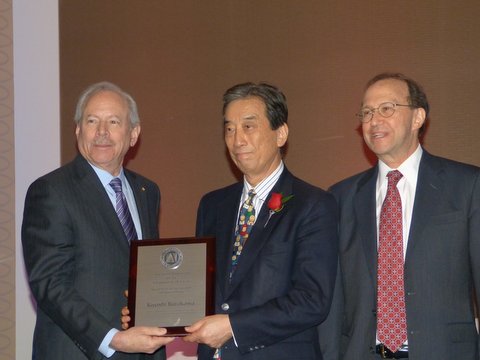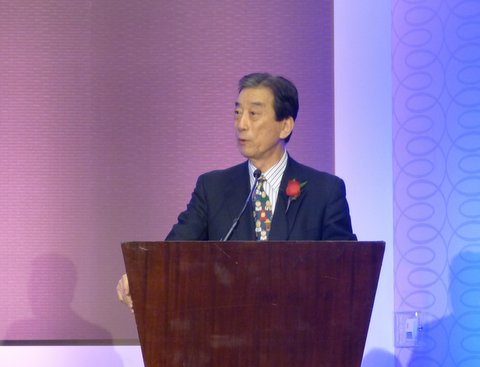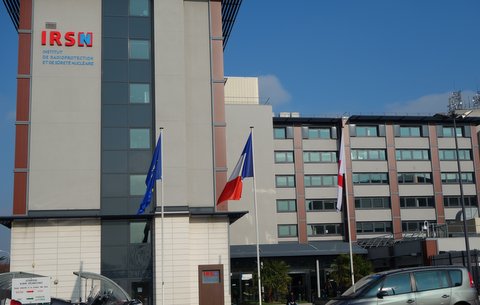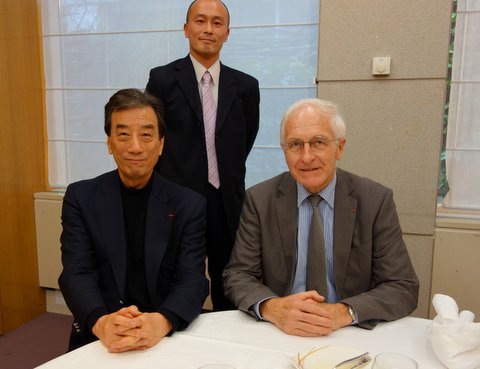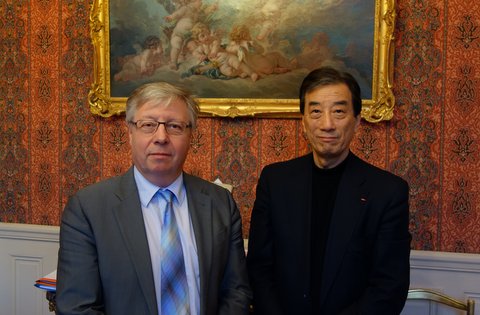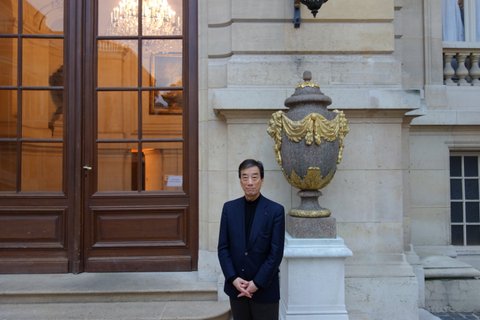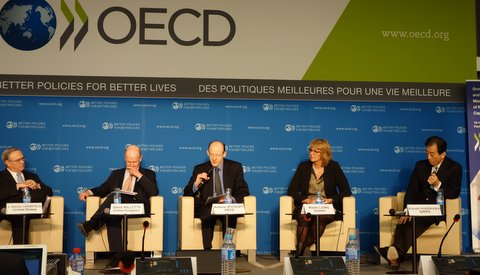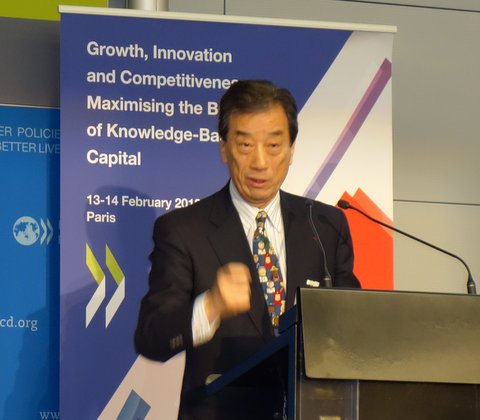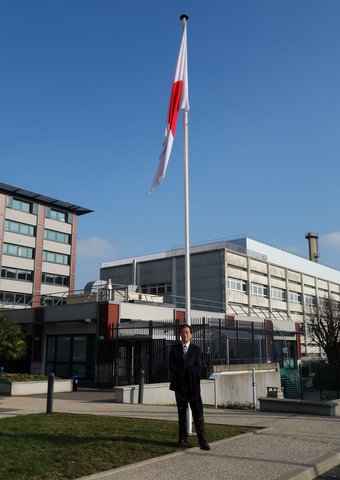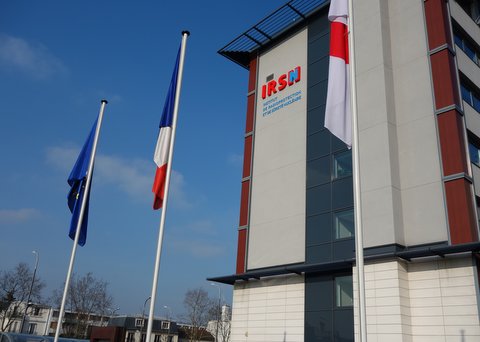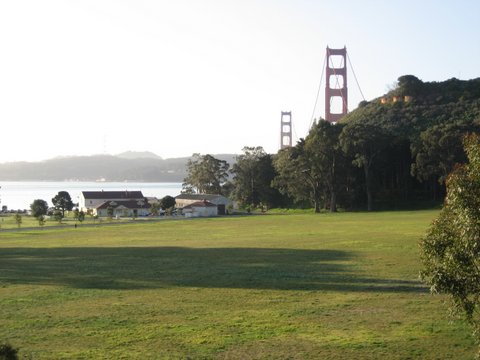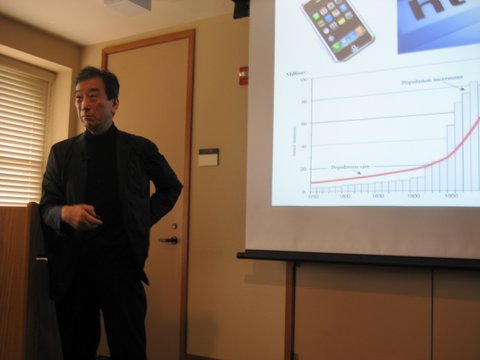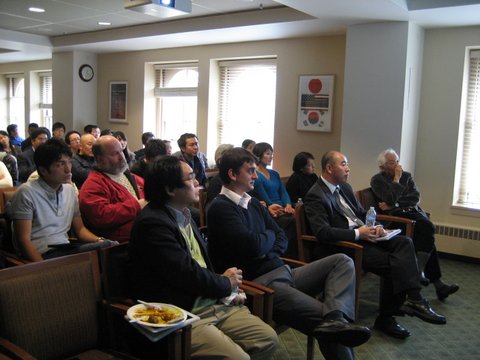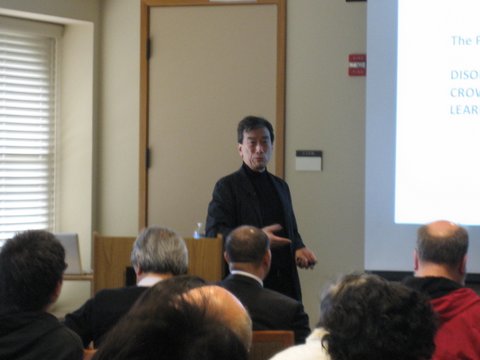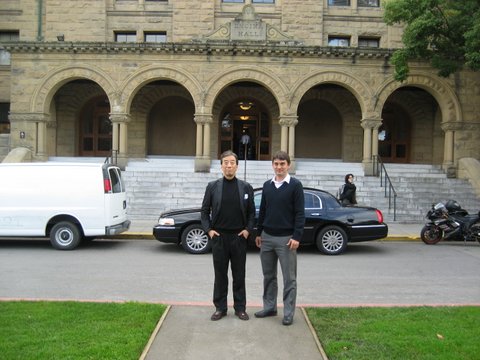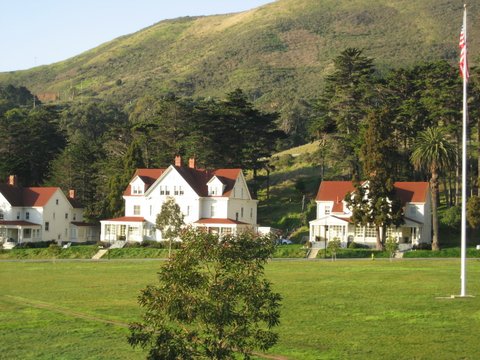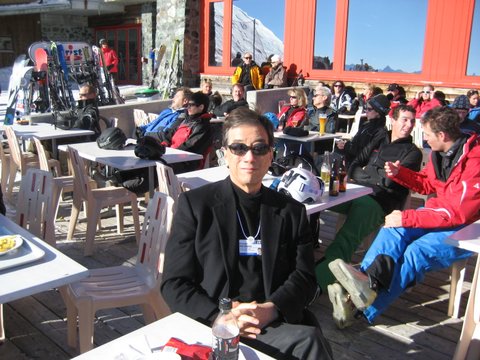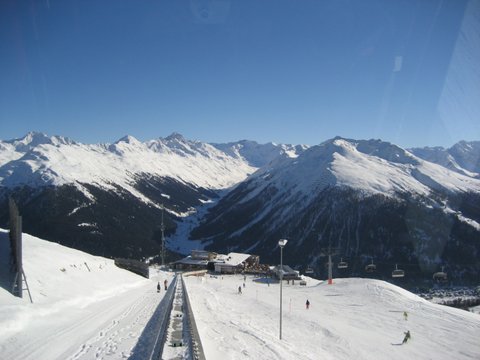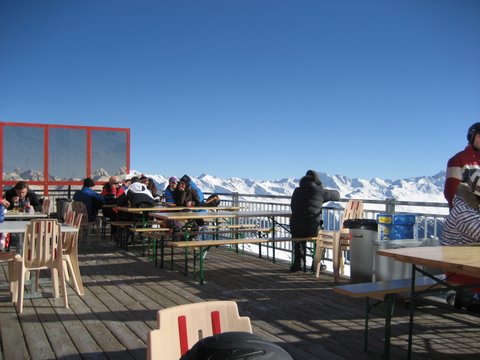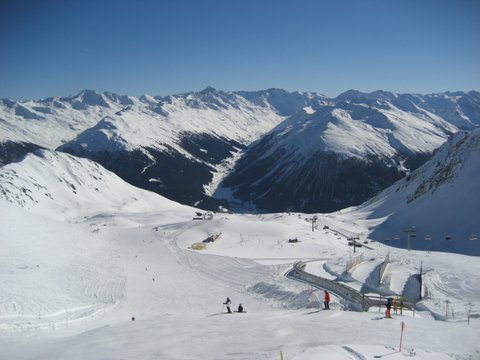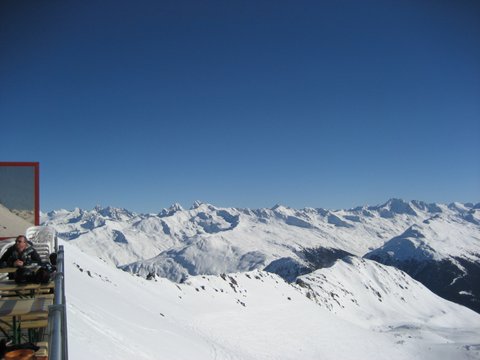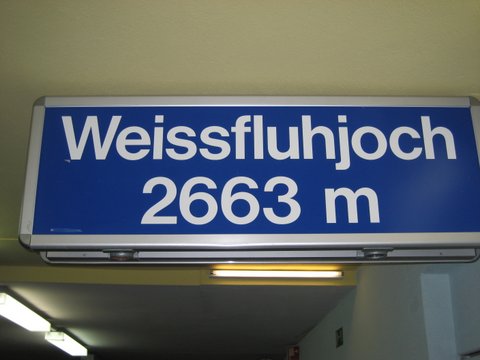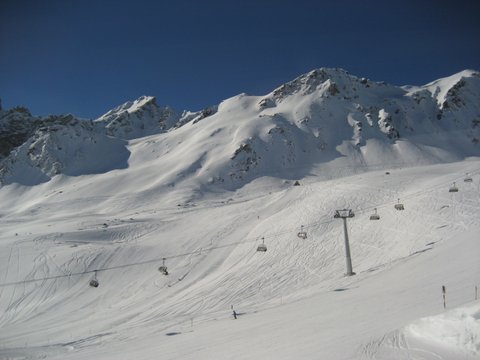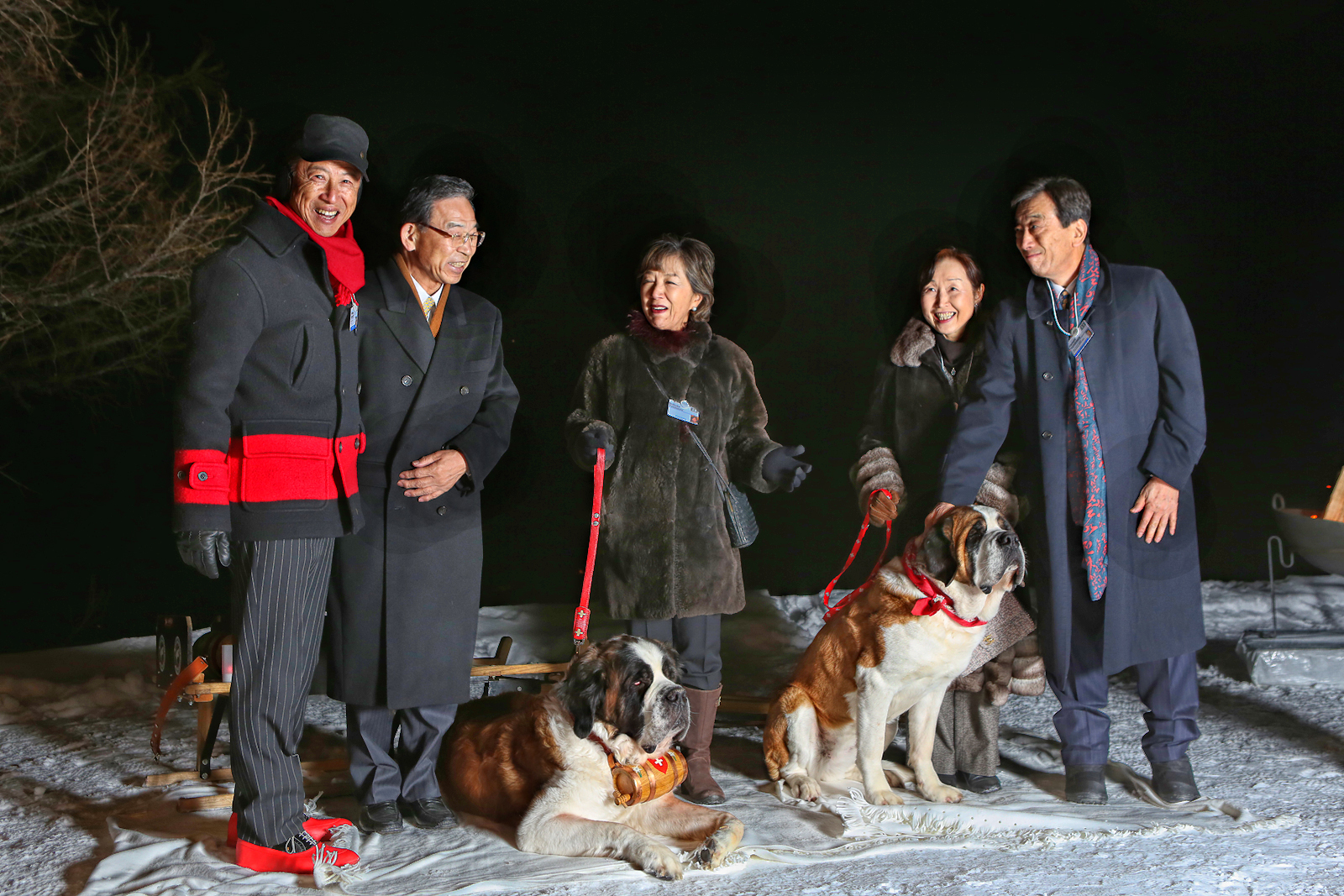Once again, I attended the St. Gallen Symposium. This year’s theme is “Rewarding Courage.” This theme shows the significance of the input of the students who are hosting the symposium. On May 1, I flew from Narita Airport.
I did not attend last year because of my duties at the National Diet of Japan Fukushima Nuclear Accident Independent Investigation Commission, but this year will be the fourth time I have attended since 2007.
Both of the two days had wonderful plenary sessions and everyone seemed satisfied.
The last general panel of the first day was called “Leaders of Tomorrow: Essay Competition” and was moderated by Professor Yoko Ishikura, whose dynamic and ad lib style allowed for an engaging and lively discussion. Out of over one thousand essays written by young people around the world, three were chosen. The discussion among the twelve young people on the panel was very inspiring.
The interactions with young people are always fun and older generations have important roles.
On the second day, I talked at the workshop entitled “Global Agenda in Post-Fukushima” and Prof. Ishikura was the moderator. As the flow of this session shifted toward focusing specifically on the Fukushima nuclear accident and NAIIC, it deviated slightly from the subject mentioned in the title. However, I believe this was because there were many individuals from Switzerland and Germany, who were very highly interested in the Fukushima accident. This indicates the impact of the Fukushima nuclear accident on the world and high awareness of people across the world. This is a lesson should such accidents happen and I will try to focus more on the subject of Post Fukushima next time.
The symposium at St. Gallen started in 1971 and this is the forty-third year. It was started by students in St. Gallen and students continue to choose the theme and organize the program today. The night I arrived, at the reception I was seated with six St. Gallen alumni who had been involved in the symposium thirty, twenty and ten years ago. It made me reflect on the virtuous cycle that exists in the relations between older and younger generations. As young students at St. Gallen, these alumni must have met many leaders of society as well as faced many obstacles in planning the symposium. These experiences are valuable and are rewarding later on as alumni. I admired and was moved by the senior- junior relationship over years that is fostered through the symposium
On the second day, I checked out of the hotel immediately after my workshop and went to the airport to depart for Heathrow in the UK.

